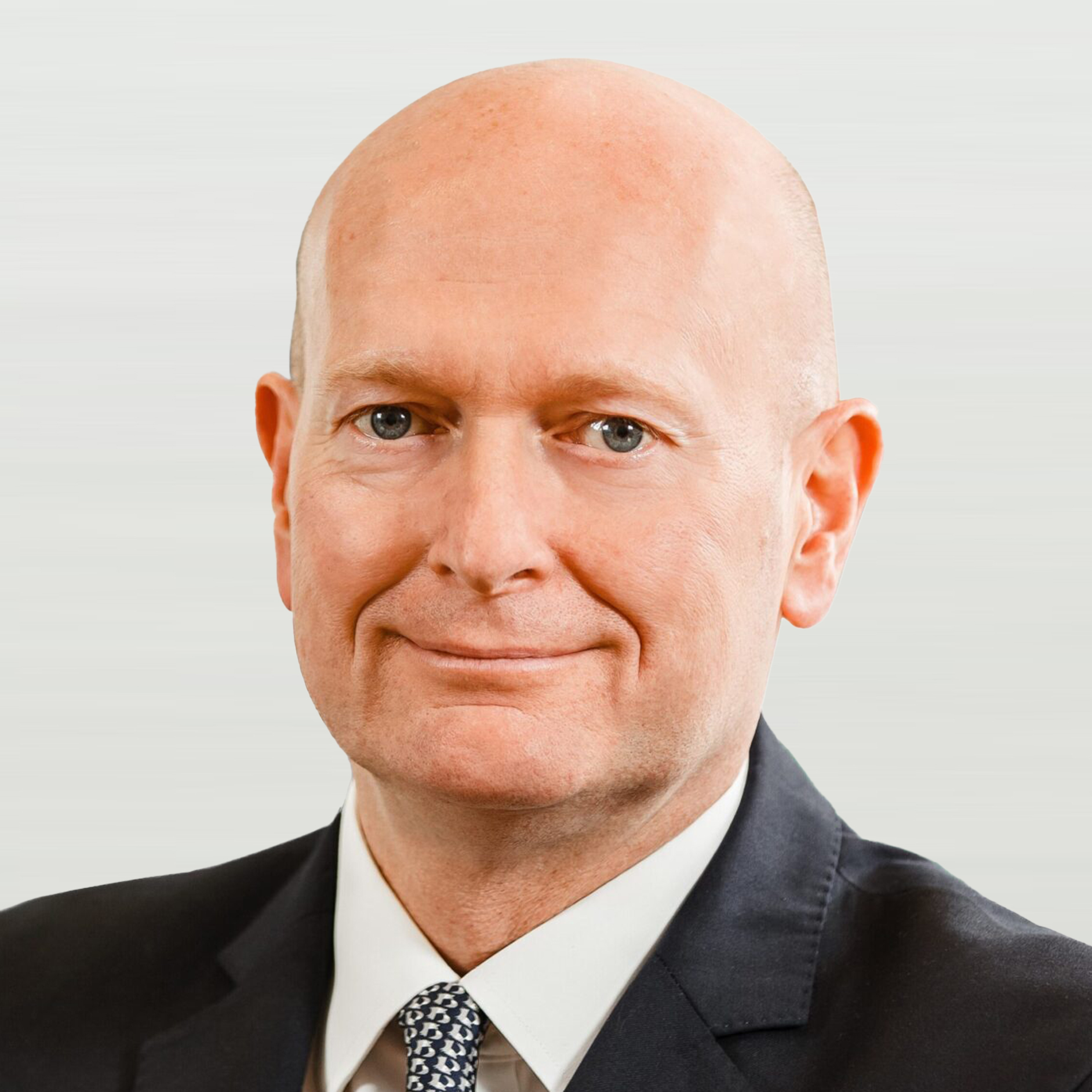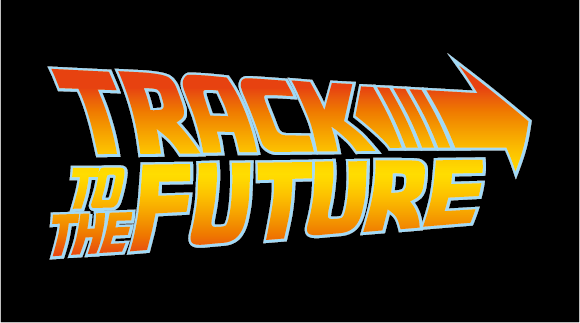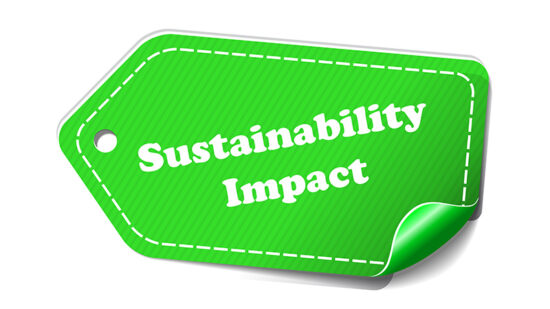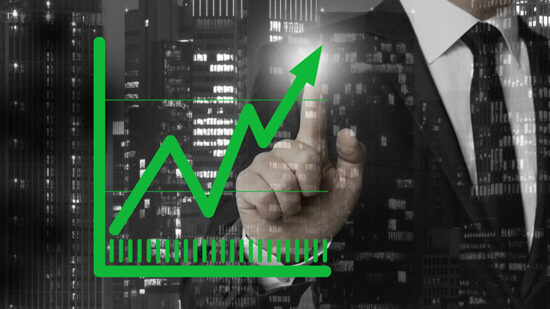
In the latest in our series, Portfolio Adviser hears from iM Global Partner deputy CEO and head of EMEA region Jamie Hammond (pictured right)
Which asset classes and strategies do you anticipate intermediary clients focusing on over the rest of the year and into 2022?
The focus on sustainable and responsible strategies will continue into 2022 and will be a theme playing out across all asset classes. There will still be a market for Article 6 funds with strong performance, but Article 8 is fast becoming ‘table stakes’ for many fund selectors.
Quality growth strategies are still popular with many investors, but we are now seeing strong interest in value strategies given where we are in the market cycle – for example, within our product range, we are seeing a lot of interest in our Oyster Sustainable Europe Equity fund. Multi-asset allocation strategies should also continue to be popular if they deliver on a client’s risk and return objectives.
Should end-investors – and, by association, asset managers – be thinking beyond equity and bond investments? Towards what?
Equity and bond strategies will continue to be popular as core building blocks for client portfolios. Active and passive strategies will both play a part and it is therefore vital active strategies set out – and deliver – a clear value proposition over passive. For this reason, demand is growing for concentrated equity strategies.
Portfolio construction is evolving and I see more interest in private markets and alternatives in order to build more diversified portfolios. Liquidity can be an issue for portfolio construction, however, so I believe the use of liquid alternatives products within portfolios will continue to grow
Given client and regulatory pressure on charges, how is your business delivering value for money to intermediaries and end-clients?
As consumers the definition of ‘value for money’ can mean different things to different people. For me, it is about delivering a product and service in line with client expectations, for the agreed price. That is value for money and that means having clear objectives for each product, as well as delivering performance in line with those objectives and a service model that meets or exceeds the expectations of intermediaries and clients. This is what we are focused on.
“ESG process integration will become the norm across asset classes, with differentiation happening by specific product objectives”
How much of your distribution is currently oriented towards ESG issues and sustainable investing? How do you see this evolving?
As I say, the interest in sustainable and responsible strategies has been growing steadily and has accelerated strongly over the last two years. There is interest in both Article 8 and 9 products. Some investors want to see ESG factors fully integrated into the investment process of products and others look for products with a specific responsible theme, such as the United Nations’ sustainable development goals (SDGs). Over time, I see ESG process integration as becoming the norm across asset classes and then differentiation happening by specific product objectives – for example, SDG or climate focus.
In what ways do you think the experience of lockdown has permanently affected or changed the asset management sector?
The biggest permanent change, which is still evolving, is how a firm’s client engagement model will have to adapt to a new way of doing business. I am not just talking about Zoom and what can now be done digitally versus in-person, but what can we learn from other industries?
I once read that ‘without data, you’re just someone with an opinion’. There is so much data now available but what do you need, when will you get it, what opinions will be formed – and by whom? We need to be more data-driven, more client-centric in our approach and more digitally engaged. In order to achieve this, we need to break down some of the business-unit silos that exist in large firms, bring sales and marketing functions closer together and establish a new client engagement model.
“A 50-page sales deck will not work in a 30-minute Zoom environment”
How do you plan to balance face-to-face and virtual distribution? Have you identified aspects where one is especially better (or worse) than the other?
There will always be a place for face-to-face meetings – for example, during lockdown, we went through a very comprehensive due-diligence process with a new client for a large mandate opportunity. The client wants to meet the shortlisted firms in person before making a final decision, however – and, with the US opening up to travel, this can now be arranged.
I do see more initial meetings being conducted virtually though, and firms will therefore need to assess their distribution model. How many traditional salespeople will you need versus digitally skilled people who can prospect (using data) and then follow up on any interest, with a first-class digital service model? A 50-page sales deck will not work in a 30-minute Zoom environment. This is where traditional sales and marketing functions are colliding and silos will need to be addressed.
Did you manage a staycation or to get abroad this summer? Whereabouts and how was it?
Staycation only – fortunately, with some reasonable weather. We spent some time in Swanage, Dorset on the so-called Jurassic coast. It is a beautiful part of the UK.
What aspects of your own lockdown routine do you expect to continue with as people migrate back to office-working?
The main aspect will be a more flexible approach to working. I am now going into London, though not five days a week. I do not subscribe to the set three-day routine, and I don’t want to slot into the Tuesday-Thursday acronym either!
If business needs mean five-days-a-week in London then that’s fine, but if I have a day full of virtual meetings and calls that can be done from home – without a two-and-a-half-hour roundtrip commute – then that makes sense. I think more flexibility will become the norm as it is a more efficient approach that can inject more quality into people’s work-life balances
More generally, what are you expecting from ‘the new normal’?
More flexible working arrangements and a better work-life balance. The lockdown and the whole pandemic experience has caused people to re-evaluate what’s important to them. Firms are now open to a wider talent pool as a result and work will go to the people, as much as people go to work.







